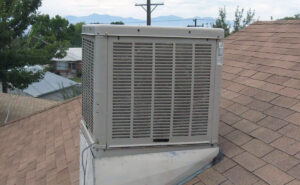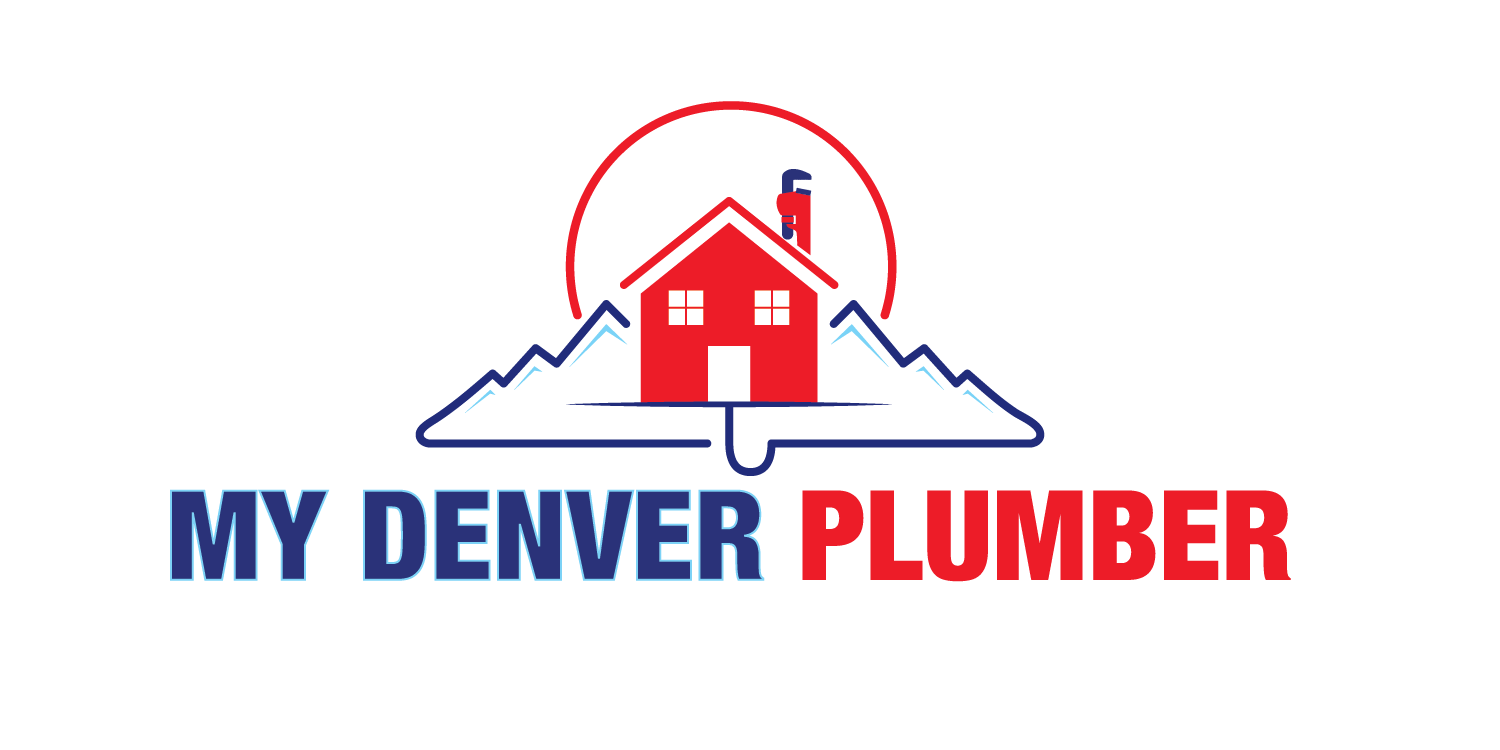As summer temperatures start climbing here in Colorado, many homeowners are getting their swamp coolers (also known as evaporative coolers) ready to go. At My Denver Plumber, we get a lot of calls this time of year from customers wondering how to properly start up their swamp coolers, how to maintain them, and what to watch out for to keep things running smoothly.
If you’re new to swamp coolers or just want a refresher, this guide covers everything you need to know.
What Is a Swamp Cooler?
Swamp coolers are an energy-efficient alternative to traditional air conditioning systems. Instead of using refrigerants and compressors, they cool your home by drawing in hot outside air and passing it through water-saturated pads. As the water evaporates, it cools the air, which is then circulated through your home.
Swamp coolers work best in dry climates—like here in Denver—where the air has low humidity. They cost less to run than central air and offer a more eco-friendly cooling option. But, they do require seasonal maintenance and setup.
Starting Up Your Swamp Cooler for the Season
Before flipping the switch, your swamp cooler needs a little TLC to make sure it’s ready to perform. Here’s a quick step-by-step guide for getting it going:
-
Turn Off Power: Always start by making sure the power is off. Safety first.
-
Inspect and Clean the Unit: Remove the cover or panels and clean out any debris, dust, or critter nests that may have accumulated over the winter.
-
Replace Cooling Pads: Check the condition of the pads. If they’re brittle, moldy, or have a strong odor, replace them. Fresh pads improve efficiency and air quality.
-
Reconnect the Water Line: Most swamp coolers are connected to a water line that feeds the distribution system inside the unit. Make sure the water supply is reconnected and check for leaks in the line or fittings.
-
Prime the Pump: Once water is flowing properly, turn the pump on for a few minutes to saturate the pads. This helps avoid dry spots and ensures even cooling.
-
Test the Fan and Motor: After the pads are soaked, switch on the fan and make sure everything sounds normal. Any squealing, rattling, or burning smells could indicate a problem with the motor or belt.
Swamp Cooler Maintenance Tips
Routine maintenance can greatly extend the life of your swamp cooler and keep it running efficiently all summer long. Here’s what we recommend:
-
Check Water Levels Regularly: Make sure the float valve is functioning correctly and the water pan maintains a consistent level.
-
Clean the Pads Monthly: During heavy use, pads can accumulate minerals and dirt. Cleaning them with vinegar or replacing them mid-season can make a big difference.
-
Inspect the Pump and Motor: Every few weeks, check for signs of wear, strange noises, or overheating. Lubricate bearings and belts as needed (some models require this, others don’t).
-
Clean Out the Reservoir: Mineral buildup can reduce efficiency and damage parts. Drain and clean the pan at least once during the season—more often if your water is hard.
Connecting the Water Supply Properly
One of the most common issues we see with swamp coolers is improperly connected water lines. If the water line isn’t secure or leaks, it can lead to flooding, water waste, or reduced cooling power.
Here are a few key tips:
-
Use a Quality Saddle Valve: This valve taps into your home’s water line and feeds the cooler. A high-quality valve can prevent leaks and future repairs.
-
Check for Leaks at Every Connection: From the valve to the tubing to the cooler inlet, inspect every joint and tighten where necessary.
-
Consider an Auto Shut-Off Valve: These add a layer of protection by stopping the water supply in case of a major leak.
If you’re not comfortable working with water lines or just want peace of mind, call a licensed plumber (that’s us!) to handle it for you.
When to Call a Professional
While many homeowners can handle basic swamp cooler maintenance themselves, there are times when it makes sense to bring in a pro:
-
You notice strange noises or vibrations.
-
The unit doesn’t cool properly even after replacing pads and cleaning.
-
There’s visible corrosion or significant mineral buildup.
-
You suspect a leak inside your attic or roof-mounted cooler.
At My Denver Plumber, we can inspect, repair, or replace swamp coolers—and ensure your water connections are leak-free and compliant with local plumbing codes.
 Final Thoughts
Final Thoughts
Swamp coolers are a great cooling solution for the Denver area—but only if they’re well-maintained and correctly set up. Starting your unit properly in the spring, keeping it clean throughout the summer, and shutting it down correctly in the fall can help you get the most out of your investment.
Need help getting your swamp cooler ready for the season? Give My Denver Plumber a call. We’re here to make sure your home stays cool, comfortable, and efficient all summer long.


